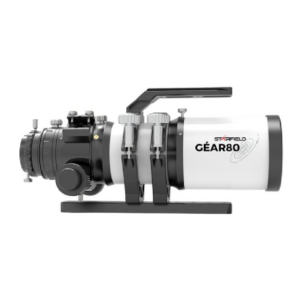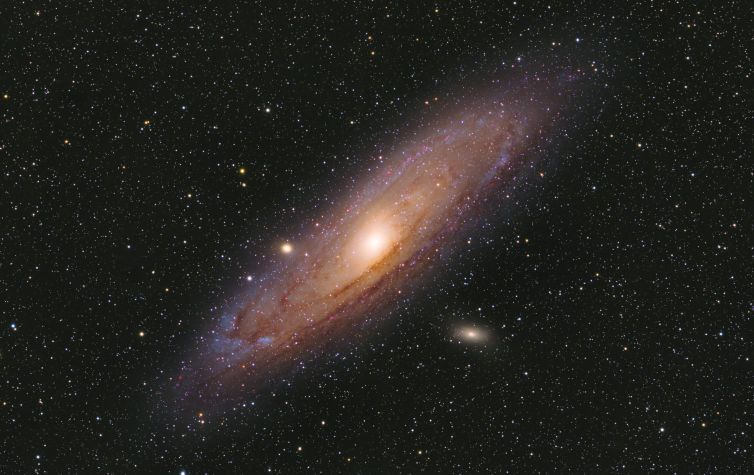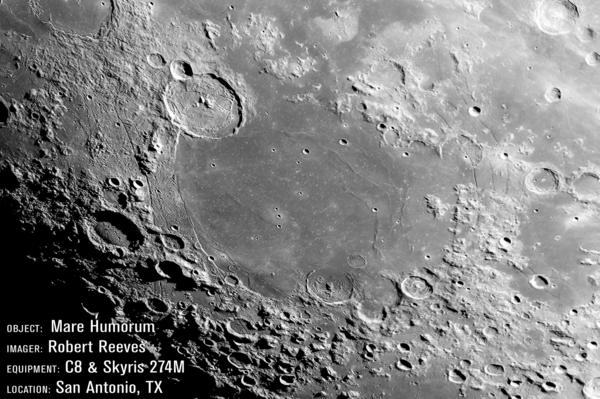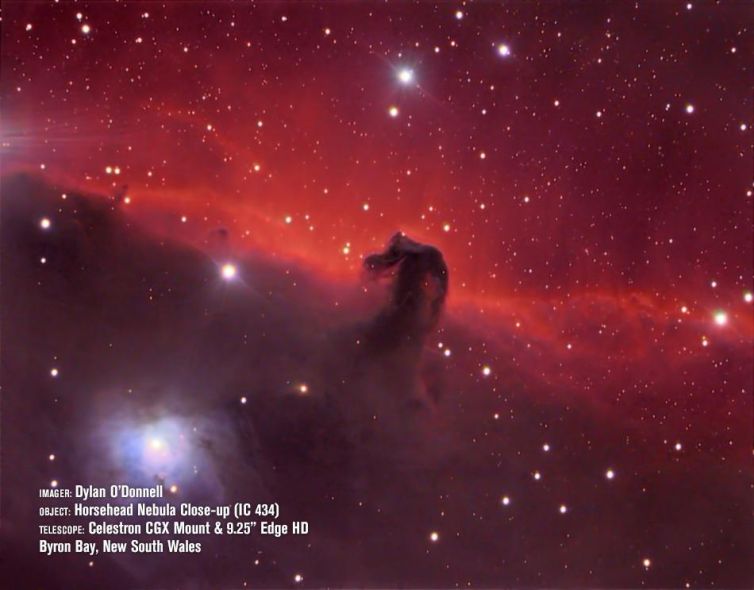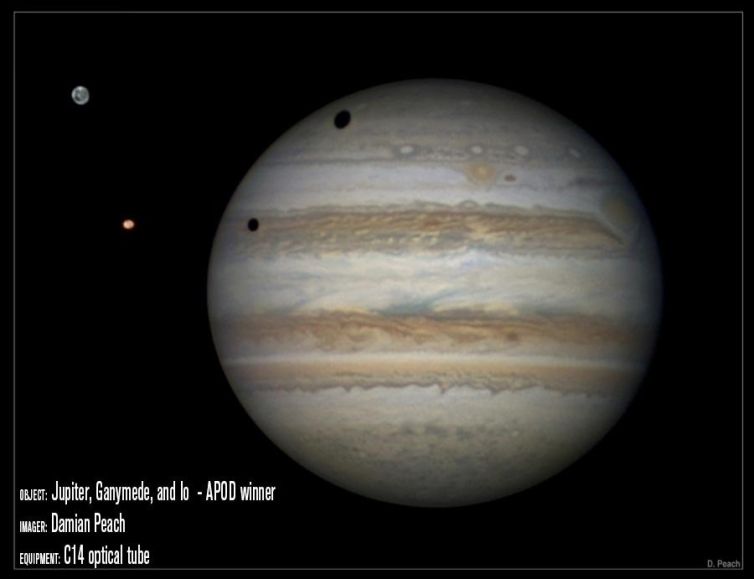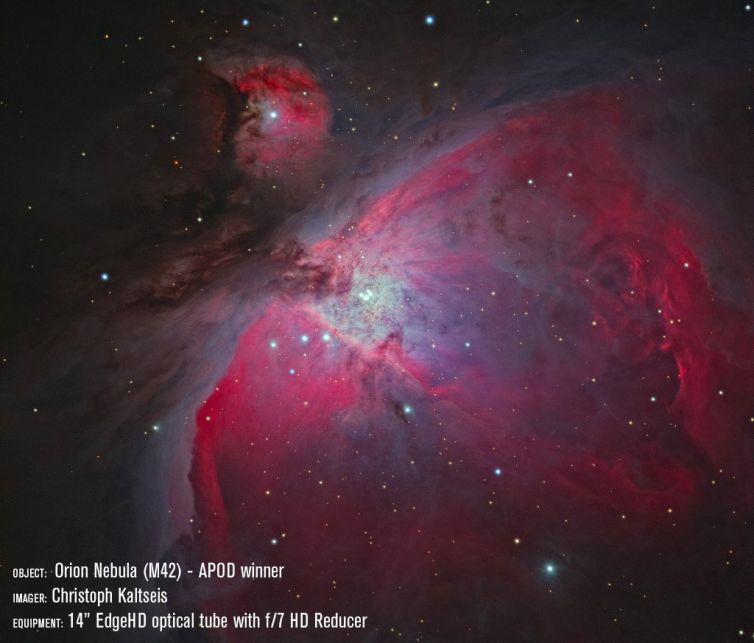Magnification describes how many times closer an image appears. Magnification is also called “Power” and is abbreviated by the symbol “X”. A magnification of 20 (20 power) means that an object appears twenty times closer than you would see it with the naked eye.
When looking through an optic with a magnification of 20, an object at a distance of 100 yards/meters appears to be only 5 yards/meters away.
Actual field of view is the view when looking through an optical device indicated by the angle from the center of the objective lens. An optical device with a wide angle of view makes it easier to find an object. In general it is more difficult to find an object with an optical device with a higher magnification.
The measurement in mm of the diameter of the objective lens of an optical instrument. As the diameter of the objective lens increases, the optic will have better light gathering and higher resolution.
Exit pupil is the bright circle that is visible when the ocular lens is viewed at a distance of about 25cm (10 inches) with the objective lens facing towards a bright background or light source. The larger the exit pupil, the brighter the image will be under low-light conditions.
Exit pupil = Objective lens diameter ÷ Magnification
Relative brightness is a number used to compare the brightness of binoculars or spotting scopes of similar magnification. The larger the relative brightness number, the brighter the image.
Relative Brightness = Exit Pupil2 (or Exit Pupil size in mm, multiplied by itself).
Eye relief is the distance, measured in mm, between the eyepiece lens to where the exit pupil is actually positioned in space (where the pupil of the eye must be positioned for a full view). A long eye relief makes observing for long periods of time easy and tireless. Eyeglass wearers typically need an eye relief of 15mm.
Check our Where to Buy page for an authorized retailer near you. Most of our retail partners also have online stores for your convenience. We recommend buying from only authorized retailers with direct accounts with our manufacturers. Be aware there are resellers in the marketplace that may offer cheap prices online, but consider the additional costs like shipping, brokerage and warranty/repair service before making your purchase. Ideally, locate a shop near you where you can look through several different models and brands to find the optic right for you.
- Science
- Technology
- Engineering
- Mathematics



